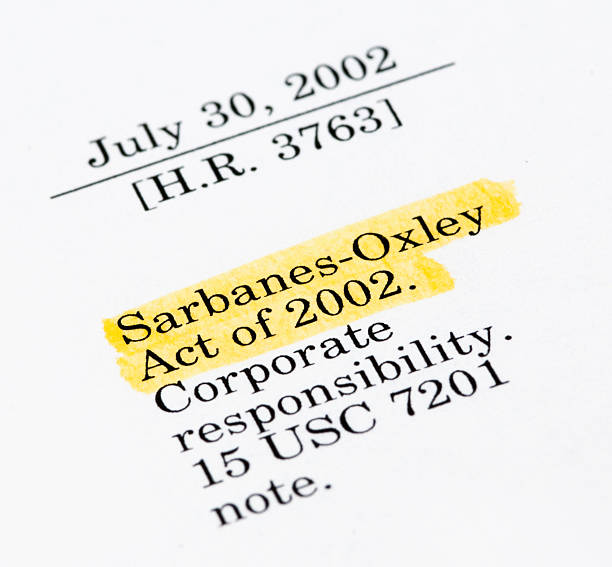Practical Steps for Strengthening Government Transparency and Accountability
This article presents a set of practical, implementable measures public institutions can adopt to strengthen transparency and accountability. It highlights governance practices, legal and regulatory tools, data access, oversight mechanisms, ethical safeguards, and risk management approaches that administrators and policymakers can adapt to local services and legal contexts.

Effective transparency and accountability reforms are a blend of clear rules, predictable procedures, accessible information, and enforceable oversight. Governments that commit to publishing timely, usable information and to enforcing compliance through independent oversight tend to reduce corruption risks and improve service delivery. Practical reforms can be incremental—starting with improved disclosure and basic compliance systems—and scaled to include legislative updates, open data platforms, judicial safeguards, and ethics training. These changes must balance openness with privacy and security, and be supported by resources and capacity building within administration.
How does transparency support governance?
Transparency strengthens governance by reducing the information gap between officials and the public. Practical steps include publishing budgets, procurement records, meeting minutes, and regulatory decisions in plain language and accessible formats. Timelines for policymaking and regulatory changes help stakeholders track progress and provide input. Transparency also means enabling understandable channels for complaints and requests for information. When governance processes are visible, it becomes easier to monitor implementation, detect irregularities, and assess whether policies align with stated goals.
What practical measures improve accountability and compliance?
Accountability depends on clear responsibilities and measurable performance. Governments can set performance indicators for agencies, require regular public reporting, and establish clear disciplinary and enforcement procedures for noncompliance. Compliance units and internal audits help detect deviations early, while whistleblower protections and confidential reporting channels encourage staff and citizens to report wrongdoing. Training on standards and the consistent application of rules reduce ambiguity. Publishing follow-up reports on corrective actions ensures that accountability is not just nominal but results in tangible improvements.
How should oversight and regulation be structured?
Oversight works best when bodies are legally empowered, independent, and adequately resourced. Effective oversight mechanisms include parliamentary committees, independent auditors, ombudspersons, and specialized inspectorates. Clear regulatory frameworks that define responsibilities, thresholds for review, and remediation processes reduce opportunities for arbitrary decisions. Regular external audits and public release of audit findings, together with mechanisms for monitoring implementation of recommendations, close the loop between oversight and reform. Coordination between oversight bodies prevents duplication and ensures comprehensive coverage across sectors.
What role do open data and privacy play in transparency?
Open data initiatives increase public access to non-sensitive government information in machine-readable formats, enabling researchers, civil society, and developers to build tools that enhance oversight. Practical steps include publishing anonymized datasets, providing clear metadata and licensing terms, and maintaining user guides to promote reuse. At the same time, privacy protections must be embedded: personal data, classified information, and details that could threaten security should be excluded or appropriately redacted. Data governance policies, impact assessments, and privacy-by-design approaches help reconcile openness with individual rights and legal obligations.
How can legislation and policymaking manage risk and regulation?
Robust legislation and transparent policymaking reduce legal uncertainty and help manage risk. Drafting clear procurement rules, conflict-of-interest laws, and transparent administrative procedures sets predictable standards for public officials. Incorporating public consultation and regulatory impact assessments into policymaking identifies risks early and improves legitimacy. Periodic legislative reviews allow rules to adapt to new challenges while preserving oversight. Embedding risk management frameworks into administration—covering financial, operational, and reputational risks—helps prioritize controls and allocate oversight resources where they are most needed.
How do ethics, judicial systems, and elections contribute?
Ethics codes, effective judicial remedies, and transparent electoral processes form complementary pillars of accountability. Ethics offices and mandatory disclosures set expectations for public servants; accessible judicial procedures allow citizens to challenge administrative decisions; and transparent campaign finance rules protect electoral integrity. Practical steps include routine ethics training, conflict-of-interest registers, accessible case tracking for judicial complaints, and clear rules for election administration and monitoring. Strengthening these systems reduces systemic vulnerabilities and supports a culture of responsibility across public institutions.
In conclusion, strengthening transparency and accountability requires a coordinated mix of disclosure practices, compliance systems, independent oversight, open data managed with privacy safeguards, and clear legislative and regulatory frameworks. Implementing these practical steps—tailored to local services and legal contexts and backed by capacity building and resources—can improve governance outcomes, reduce risk, and make public administration more responsive and reliable.





